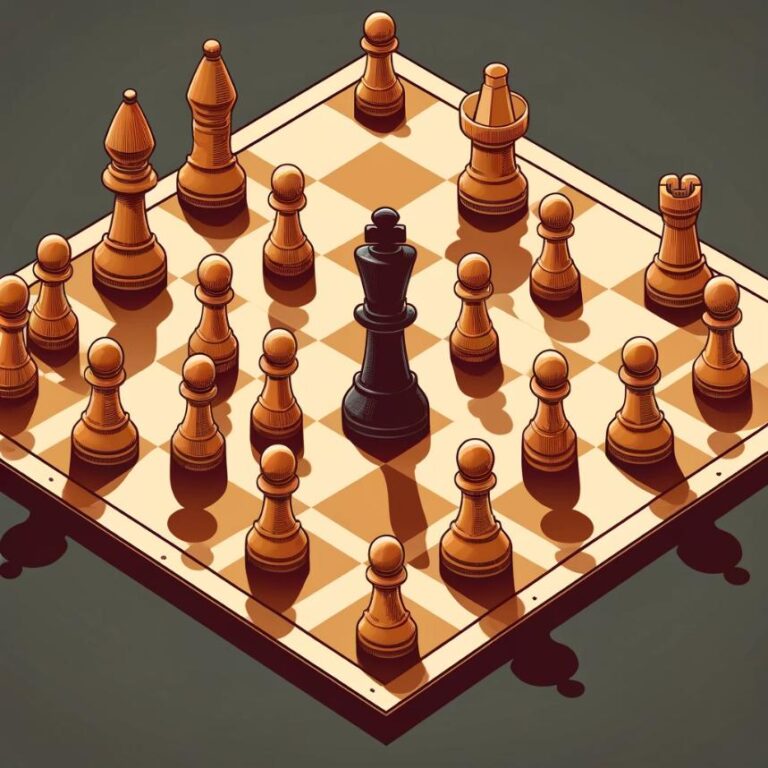The Importance of Intermediate Moves in Chess
Intermediate moves, also known as in-between moves, are a vital part of playing chess. They involve making a move that may not directly seem advantageous at the moment, but sets up a future attack or defense. These in-between moves can often surprise and catch your opponent off guard, giving you the upper hand in the game. In this section, we will delve into the significance of intermediate moves in chess and how they can be used to outsmart your opponent.
Strategic Planning with Intermediate Moves
In chess, planning multiple moves ahead is crucial. Intermediate moves are a powerful tool to execute your strategic plan. They allow you to create potential threats and capitalize on your opponent´s mistakes. Furthermore, intermediate moves can be used to gain control of key squares on the board, preventing your opponent from using them for their advantage. By making use of intermediate moves, you can maintain control of the pace of the game and keep your opponent on their toes.
Intermediate moves also act as a form of disguise in chess. By playing a move that may not seem logical or necessary at the moment, you can deceive your opponent into thinking that you have made a mistake. This can cause them to overlook your true intentions and make a poor move in response. It is akin to a bait-and-switch tactic, where you lure your opponent into a trap by creating an unexpected threat with an intermediate move.
The Element of Surprise
One of the most crucial benefits of intermediate moves is their ability to surprise your opponent. In chess, players tend to focus on immediate threats and overlook future potential threats. By making an intermediate move, you are introducing a new threat that your opponent did not see coming. This can often lead to a forced response from your opponent, giving you the upper hand.
Moreover, intermediate moves can be used to disrupt your opponent´s well-thought-out plan. Often, a single intermediate move can change the entire course of the game. It forces your opponent to reassess their strategy and find ways to deal with the newfound threat. This can cause them to make mistakes or deviate from their original plan, giving you an advantage in the game.
Examples of Successful Intermediate Moves
There have been numerous instances in chess history where intermediate moves have played a significant role in a player´s victory. One such example is the game between Garry Kasparov and Anatoly Karpov in 1985. In the 23rd game of their World Championship match, Kasparov played an intermediate move by sacrificing his rook, which appeared to be a blunder. However, this surprised Karpov, who responded with an equally illogical move, and Kasparov won the game in just 17 moves.
Another example is the game between Boris Spassky and Viktor Korchnoi in 1966. After a series of intermediate moves, Korchnoi sacrificed a rook to create an unstoppable checkmate threat. This surprising move caught Spassky off guard, and he resigned after just one more move.
These examples demonstrate the power of intermediate moves in chess and how they can be used to outsmart even the most skilled opponents.
Conclusion
In conclusion, intermediate moves are an essential aspect of chess strategy. They allow you to plan multiple moves ahead, deceive your opponent, and create unforeseen threats. By implementing intermediate moves in your game, you can surprise your opponent and gain an advantage in the game. As Garry Kasparov famously said, “chess is everything – art, science, and sport.” And intermediate moves are an integral part of the game that adds an element of surprise and excitement.







